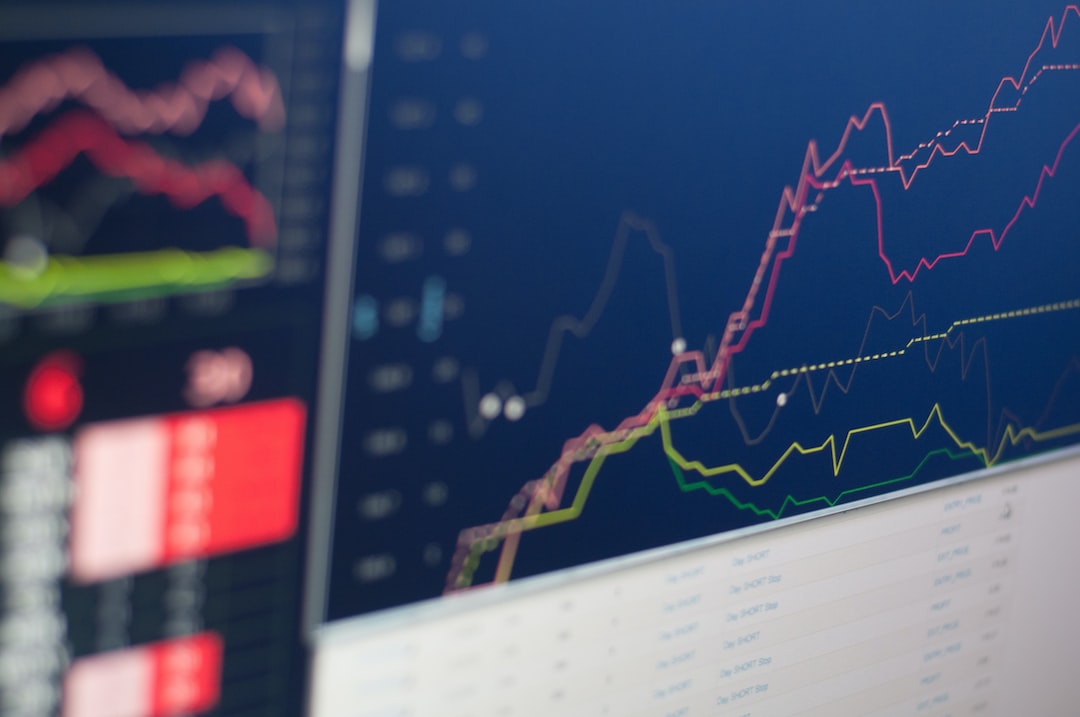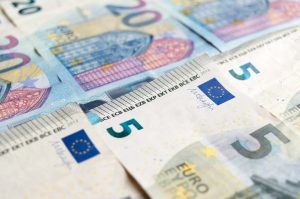In the world of forex trading, volatility is a measure of market uncertainty. It refers to the degree to which the price of a currency pair fluctuates over a given period of time. Higher volatility implies greater price movements, while lower volatility indicates a relatively stable market. Volatility filters are tools used by traders to filter out high-volatility market conditions, which can increase the risk of losses.
A volatility filter is a technical indicator that helps traders identify market conditions where the price is likely to experience high volatility. It does this by measuring the average true range (ATR) of a currency pair over a given period of time, usually 14 days. The ATR is a measure of the average price range of a currency pair, taking into account any gaps or jumps in price that may occur.
To use a volatility filter, traders set a threshold level for the ATR, which determines whether market conditions are volatile or not. If the ATR is above the threshold level, the market is considered volatile, and traders may choose to avoid trading during such conditions. Conversely, if the ATR is below the threshold level, the market is considered stable, and traders may choose to enter trades during such conditions.
Volatility filters are particularly useful for traders who employ trend-following strategies, as high-volatility conditions can lead to false breakouts and whipsaws. By filtering out high-volatility conditions, traders can avoid entering trades that may quickly reverse and result in losses.
There are several types of volatility filters that traders can use in forex trading. The most common include Bollinger Bands, Average True Range (ATR) and the Moving Average Convergence Divergence (MACD) indicator.
Bollinger Bands are a type of volatility filter that consists of three lines, with the middle line being a moving average and the upper and lower lines representing two standard deviations from the moving average. When the price of a currency pair moves outside of the upper or lower bands, it is considered to be in a high-volatility condition.
The ATR indicator is another type of volatility filter that measures the average range of price movements over a given period of time. Traders can use the ATR to set a threshold level for volatility, above which they will avoid trading.
The MACD indicator is a trend-following indicator that can also be used as a volatility filter. When the MACD line moves away from the signal line, it indicates a high-volatility condition, and traders may choose to avoid trading during such conditions.
In conclusion, a volatility filter is a technical indicator that helps traders identify market conditions where the price is likely to experience high volatility. By setting a threshold level for volatility, traders can avoid entering trades during high-volatility conditions, which can increase the risk of losses. There are several types of volatility filters that traders can use, including Bollinger Bands, ATR, and MACD. Traders should choose the volatility filter that best suits their trading strategy and risk tolerance.






